A bunker is something that can give you peace of mind in the event of a SHTF situation, especially if it's close to or beneath your private residence. It's an investment in your safety and survival so what are you waiting for?
Regardless of what you are building, you need a permit; that means that the entire construction process must be legally allowed and in accordance with your state’s law. Otherwise, you might be facing unwanted law regulations and law suits – and that is the last thing you need.
One of those things is making sure that you are legally allowed to dig a big hole in your backyard; maybe there are gas or water pipes buried in your backyard and that is also why you need to check everything up legally.
Make a plan
There are numerous factors to consider: you need to determine what kind of soil do you have in your backyard or find out if you will need to dig through the concrete in order to build an underground bunker.
You can then determine whether you want to build a bunker under your home, or you might consider building a shack under which you will then build an underground bunker.
Another thing to consider before starting is the weather conditions in your country, especially cold intervals as it might happen that the soil collides on your bunker.
If you are not a skillful in planning construction projects, you might even want to consider hiring someone who will help you out with planning.
Advantages of having a bunker built under your home
You will have less troubles in providing electrical energy for your bunker, and the fact is that you will need electricity.
However, you can always turn to portable generators designed for home usage and pick one that runs on batteries or fuel.
So building a bunker under a shack could be potentially useless unless you decide to build a tunnel leading from your home to the underground bunker.
The best is that the entrance to your bunker is easy accessible to you so in case you are not able to exit your house in order to safely enter the bunker, you can access your bunker through your house.
You should consider building another safety entrance, covering it up from curious eyes.
Digging
It is recommended that you use machinery, and when we say “machinery”, we mean heavy machinery – hard core style.
As you are digging, you need to know that the soil is well compacted, so naturally the more you dig, the more soil you will have out from the hole. Keep the soil far from the hole and save it for later.
If you don’t have the required machines to help you out with digging, you can always go old school and use a shovel. There is another option: renting the equipment needed.
Structure
You can purchase a large shipping crate to serve the need.
You can also have a construction ordered as a montage object then later just put it into the hole, again making sure that the hole is in line and suitable for the structure to fit.
You will again need a heavy machinery to put the crate or your structure into the hole.
If you are going to build the structure by yourself, but that would mean that you will need to do more planning as the material used for building a bunker is very important. To get everything settled you first need to learn a few basics.
You need to know that the wood will certainly decompose if not previously treated.
Even if the wood is treated to be permanent, the wooden construction is not suitable for an underground construction as the toxins are being released gradually into the soil.
The wood is also not strong enough.
Speaking of concrete, this material is maybe the best choice for your structure as it is cost-effective, long lasting and strong enough to support an underground construction.
Passages
One solid option for supporting the passages is using the scaffolding poles that will give the small sized rooms just enough support needed, but avoid having these poles used for supporting the ceiling as they are not as safe for supporting larger rooms.
You can feel safe with using pillars made of bricks. Brick wood could also be used as a great structure for the bunker.
Obstacles
Watch out for obstacles such as underground water, gas pockets, electric circuits and of course rocks.
If you come across the underground waters, the best thing to do is just to try finding another spot for digging.
If you come across a massive rock, you will need to find another place for digging or get to work and start drilling the block.
Another thing you can do is to build another structure around the massive rock and widen the hole so that your originally planned structure could fit.
If that option seem like a lot of work, you can pour in some water into the rock cracks and wait for the water to freeze – the block will break easily afterwards.
Safety
You can use some sort of the water-proof sheet, which can be easily put over the ceiling of your bunker and protect it from the water.
Thinking about different SHTF scenarios, there comes the need for thinking about sound-proofing your bunker.
For starters, the bunker shouldn’t be built in the middle of the open, but rather covered up with bushes or trees. One of the options is to plant trees and bushes all over your backyard including the spot where the entrance to the bunker is.
Survival features
There is no surviving without water, so another thing to consider alongside building a bunker is to build your own water supply system. You can also use the rain water and install the rain water barrel system that will collect the rain water for you to use it later. Having water purifiers and life straws is a great back up option to have around the bunker.
Keep in mind that you will also need to plan out your food supplies and having a 3 days emergency kit around is a fantastic idea. You will have to find a way to bring electricity to your bunker if you believe that you need it (and you certainly do). It is recommended to hire an electrician for all electricity related work, just to be safe.
Ventilation is another important aspect for having a fully functional bunker on long tracks, so do your research and find the most suitable ventilation system that will meet all your needs. You should also have a plan B in mind and this means employing other safety measures like protection masks.
Have you built your own bunker? What other tips do you recommend following for those who want to build one?
Article & Photo Source: Survival-Mastery
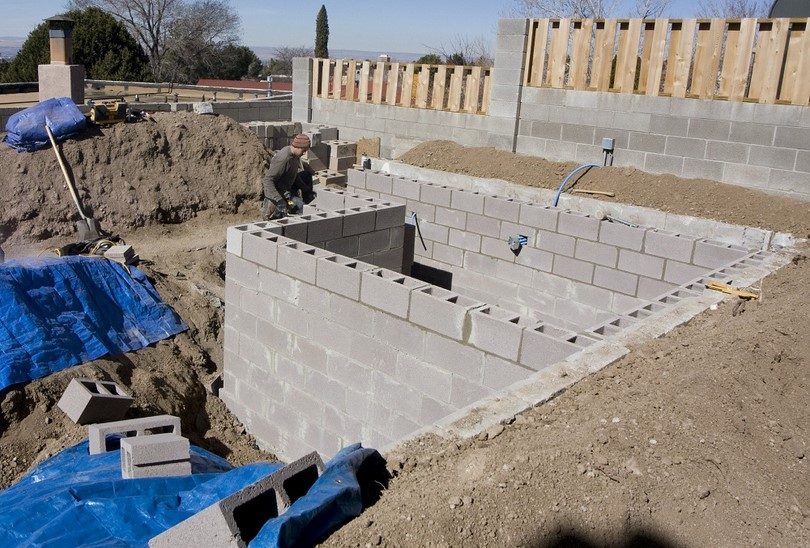
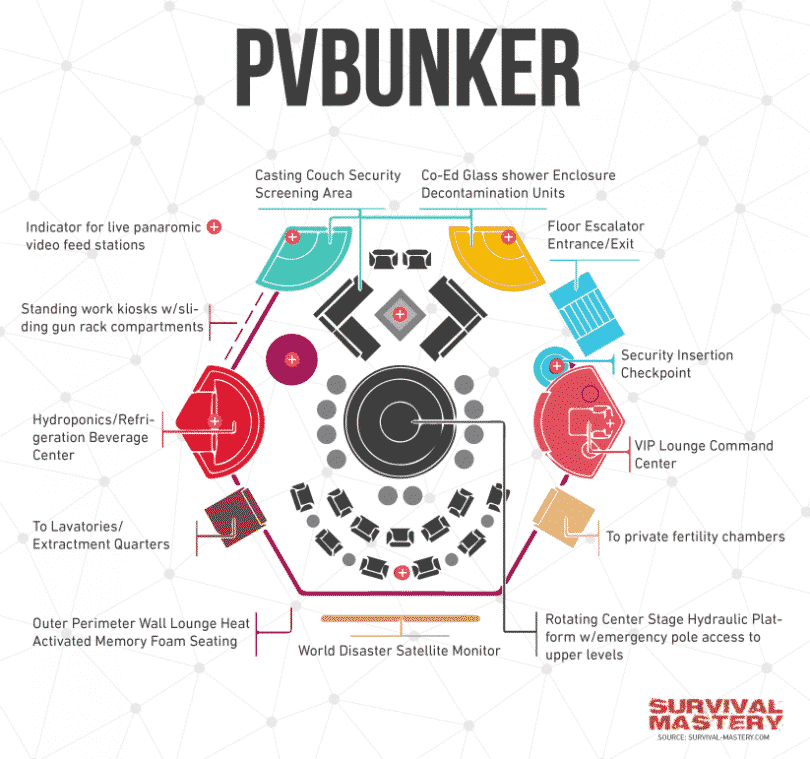
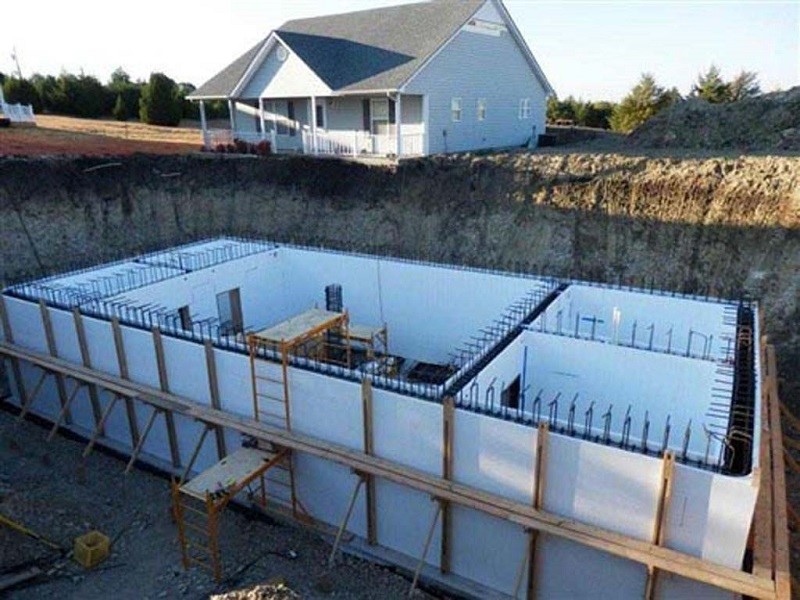

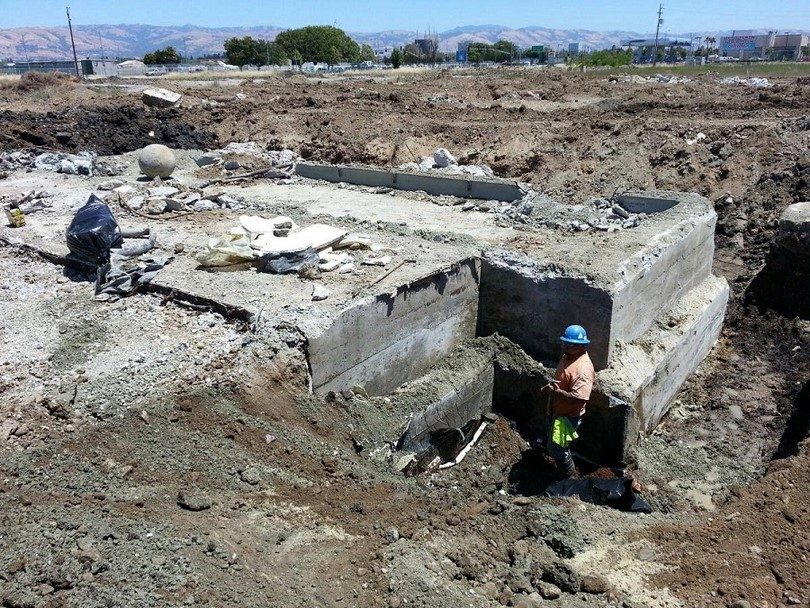
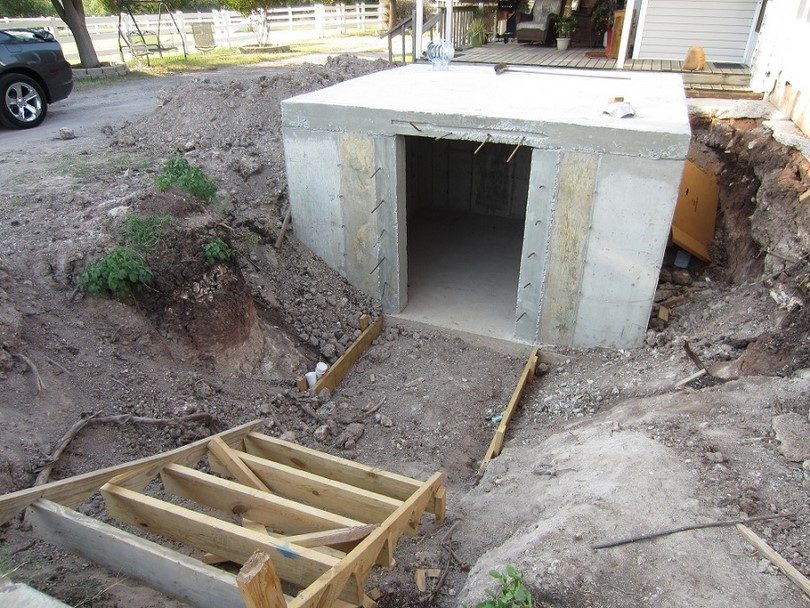
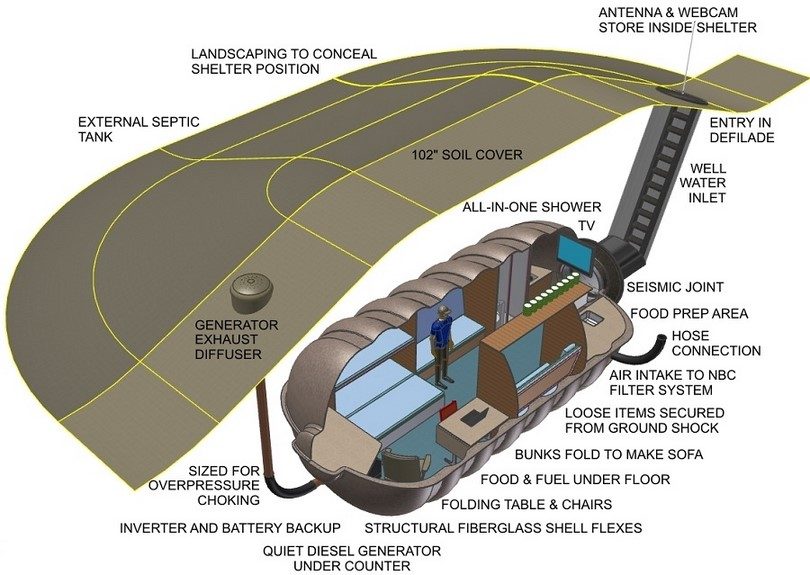
Michelle Currie
concrete block seeps moisture; poured concrete walls the best
Don’t use if flood is coming !
You like Pivotal moments don’t you Faith Hill?